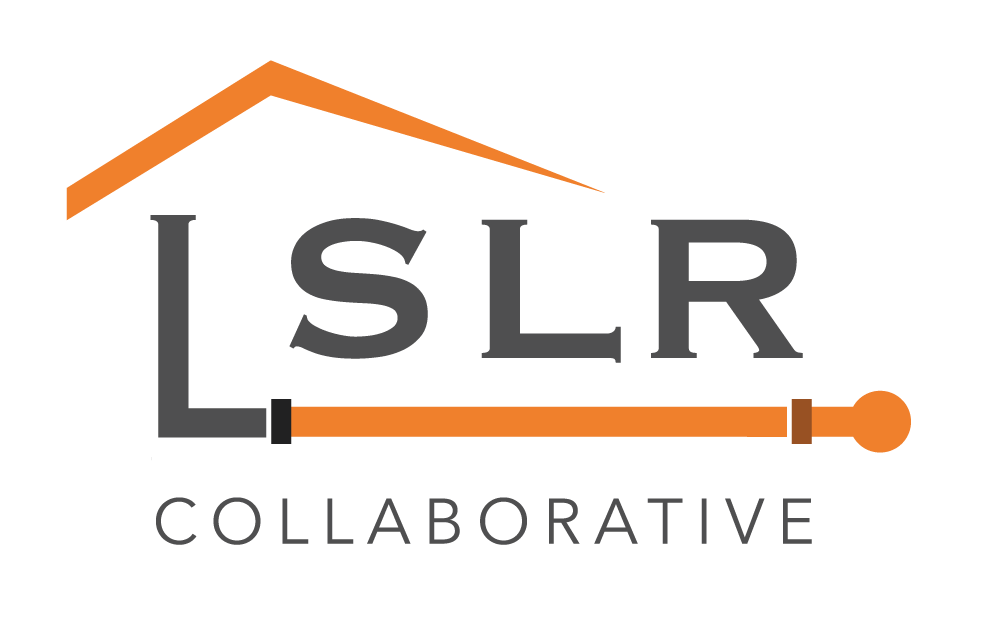|
Water Quality Products
CRISTINA TUSER See the full article. $11 million in funding will allow Bennington, Vermont to replace about 1,575 lead pipes that carry drinking water into homes. This comes at no cost to residents, according to VTDigger. Each line will each require their own removal plans. In response to the water crisis in Flint, Michigan, federal legislators created the Water Infrastructure Fund Transfer Act. This allows states to transfer money from the Clean Water State Revolving Fund to the Drinking Water State Revolving Fund. “As far as we know, this is a one-time opportunity to transfer that money,” said Megan Young, drinking water capacity program supervisor at the Vermont Department of Environmental Conservation. “It’s never happened before, and my understanding is there aren’t plans for that moving forward.” The state finalized its intended use plan for the two water funds on Jul. 16, according to the Vermont Official State Website. See the full article. Emma Cotton
Vermont Digger See the full article. BENNINGTON — Thanks to a one-time, $11 million funding opportunity, Bennington plans to replace about 1,575 lead pipes that carry drinking water into homes, at no cost to residents. Largely in response to the water crisis in Flint, Mich., federal legislators devised the Water Infrastructure Fund Transfer Act, which allows states to transfer money from the Clean Water State Revolving Fund, which is used primarily for infrastructure projects that improve the health of streams and lakes, to the Drinking Water State Revolving Fund. “As far as we know, this is a one-time opportunity to transfer that money,” said Megan Young, drinking water capacity program supervisor at the Vermont Department of Environmental Conservation. “It’s never happened before, and my understanding is there aren’t plans for that moving forward.” The project became official when the state finalized an intended use plan for the two water funds on July 16. Construction will begin in the fall; the work is expected to take several years. Responsibility for the replacements could have otherwise fallen to residents — the pipes are on private property — at a cost between $5,000 and $15,000 per installation. See the full article. Some residents in Denver's metro area have been receiving new water pitchers in the mail, courtesy of Denver Water. The agency serves around 1.5 million people in the region, and began its 15-year Lead Reduction Program at the end of July. The agency delivers lead-free water, but lead can get into drinking water as it moves through customer-owned service lines and plumbing fixtures, officials said. Denver Water is identifying which properties have a lead service line, and sending those residents information, along with a Brita water pitcher and filter that is certified to remove lead. To protect customers from lead in drinking water, Denver Water raised the pH of the water in March to reduce corrosivity, and the agency will be replacing all customer-owned lead service lines over the next 15 years at no direct cost to the customer, officials said. See the full article for more. |
Have a suggestion for an article or blog to add?
Let us know! Type
All
Date
April 2023
|


 RSS Feed
RSS Feed